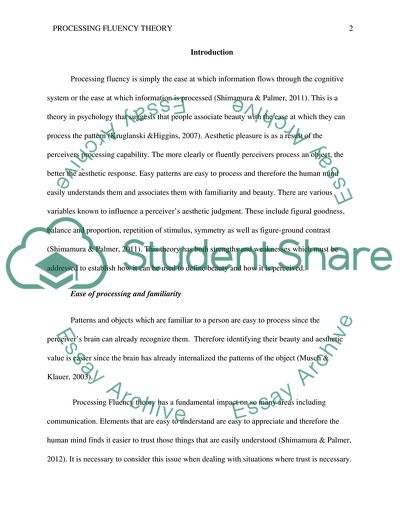Cite this document
(Processing Fluency Theory Essay Example | Topics and Well Written Essays - 1500 words, n.d.)
Processing Fluency Theory Essay Example | Topics and Well Written Essays - 1500 words. https://studentshare.org/psychology/1835274-aesthetics
Processing Fluency Theory Essay Example | Topics and Well Written Essays - 1500 words. https://studentshare.org/psychology/1835274-aesthetics
(Processing Fluency Theory Essay Example | Topics and Well Written Essays - 1500 Words)
Processing Fluency Theory Essay Example | Topics and Well Written Essays - 1500 Words. https://studentshare.org/psychology/1835274-aesthetics.
Processing Fluency Theory Essay Example | Topics and Well Written Essays - 1500 Words. https://studentshare.org/psychology/1835274-aesthetics.
“Processing Fluency Theory Essay Example | Topics and Well Written Essays - 1500 Words”. https://studentshare.org/psychology/1835274-aesthetics.


